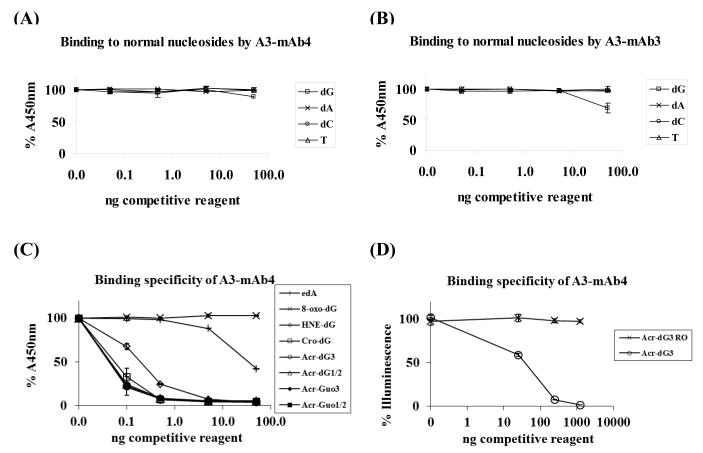Figure 3. Specificity of mAbs by competitive ELISA and Slot-Blotting.

(A) Different amounts of dG, dA, dC and T were used to determine their effects on the binding to mAbs to immunogens. Of all the mAbs examined, A3-mAb4 did not bind to normal nucleosides, as did A3-mAb1 (not shown). (B) All other mAbs, represented by A3-mAb3, showed cross-reactivity to dG at the highest concentration. (C) The A3-mAb4 and A3-mAb1 were further studied in a competitive ELISA assay coated with Acr-Guo3-conjugated BSA for their reactivity towards Acr-dG1/2, Acr-dG3, Acr-Guo1/2, Acr-Guo3, Cro-dG, HNE-dG, 8-oxo-dG, edA. No stereospecificity was observed; A3-mAb4 bound equally well to Acr-dG3 and Acr-dG1/2 as to Acr-Guo1/2 and Acr-Guo3. A3-mAb4 displayed significant cross-reactivity towards Cro-dG, but less for HNE-dG. It did not at all recognize 8-oxo-dG and showed minimal reactivity towards edA only at the highest concentration. (D) Acr modified CTDNA was coated on plates and Acr-dG3 and ring-opened form of AcrdG3 (Acr-dG3 RO) were added in competitive ELISA. A3-mAb4 showed binding to Acr-dG3 and no reactivity towards ring-opened form of Acr-dG3. The coated antigens were different in (C) and (D), so the competitive binding curves for Acr-dG3 were different. Data were obtained from duplicate experiments. (E) Slot-blot assay further demonstrated the specificity of these antibodies towards Acr modified plasmid DNA with no reactivity towards BPDE, H2O2, MDA modified DNA. The left panel of blot image shows the binding of antibodies to the modified DNA samples and binding only occurred with Acr-Modified DNA in a dose-dependent manner, the middle panel shows the DNA loading markers and the right panel is the information for the corresponding modified DNA samples.

